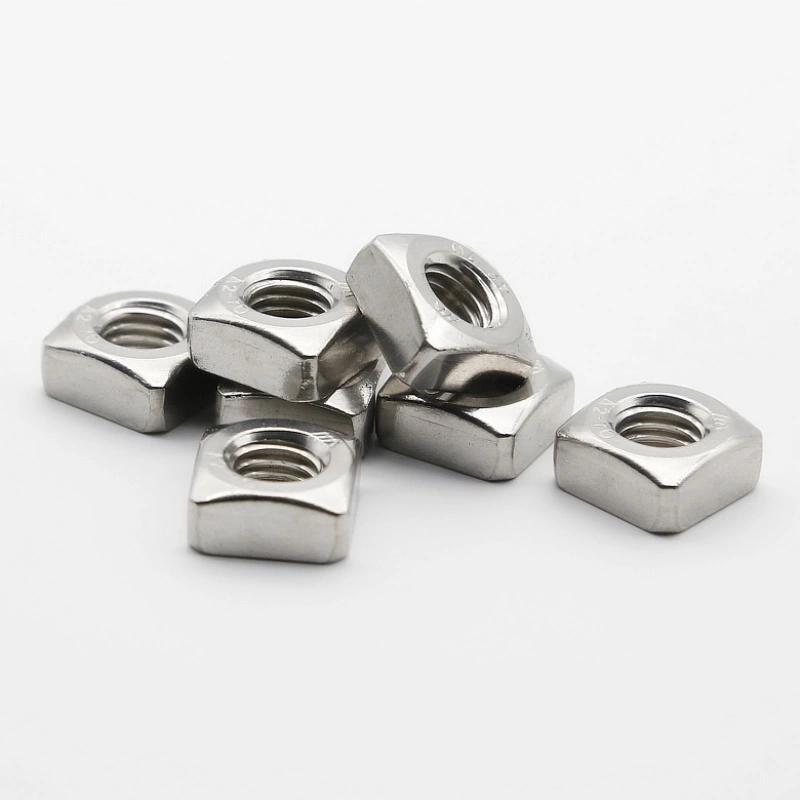

countersunk screw self tapping
9月 . 19, 2024 06:41 Back to list
countersunk screw self tapping
Understanding Countersunk Self-Tapping Screws
When it comes to fastening materials together, screws are an indispensable tool in construction and manufacturing. Among the various types of screws, countersunk self-tapping screws have gained popularity due to their unique features and advantages. This article explores the design, applications, and benefits of using countersunk self-tapping screws.
What are Countersunk Self-Tapping Screws?
Countersunk self-tapping screws are specially designed fasteners with a flat head that allows them to sit flush with the surface of the material being fastened. The term self-tapping indicates that these screws can create their own threads as they are driven into the material, eliminating the need for pre-drilled holes in many cases. This feature is particularly beneficial in speeding up installation and enhancing the overall aesthetic of the finished product.
Design Features
The primary design feature of countersunk self-tapping screws is their conical head shape, which enables them to be driven into a pre-countersunk hole. This allows the head to sit smoothly against the surface, reducing the risk of snagging or catching on other materials or surfaces. The threaded shaft of the screw is designed to cut into the base material, providing a secure grip without the need for nut or washer assemblies.
Their pointy end helps penetrate through tougher materials, while the unique threading allows for precise tapping into softer materials like wood, plastics, and metals. These screws can come in a variety of sizes, materials (such as stainless steel or brass), and coatings, catering to specific requirements and environmental conditions.
Applications
countersunk screw self tapping

Countersunk self-tapping screws are utilized in a myriad of applications across various industries. Commonly found in woodworking, they are used to secure panels, connect components, and create a clean finish in furniture-making. In construction, they are often employed in the assembly of drywall, fastening metal brackets, and in roofing applications.
In the automotive and aerospace industries, these screws are prized for their reliability and ability to create a flush finish, essential for aerodynamic efficiency and aesthetic appeal. They are also favored for electronic assemblies where components need to be secured without protruding screws that can disrupt signal or cause interference.
Benefits
One of the primary advantages of countersunk self-tapping screws is their straightforward installation process. They require minimal tools—often just a power drill or screwdriver—and reduce the need for additional fasteners, saving both time and labor costs. Their flush finish enhances the appearance of projects, making them ideal for applications where visual appeal is important.
Additionally, their robust design and self-tapping capability ensure a solid connection in various materials, enhancing durability and stability. This self-threading characteristic also mitigates the risks of stripping compared to conventional screws, making them a reliable choice for tasks where repeated assembly and disassembly might be necessary.
Conclusion
In summary, countersunk self-tapping screws are a versatile and efficient fastening solution that caters to a wide range of applications. Their unique design, ease of installation, and aesthetic advantages make them an ideal choice for both DIY enthusiasts and professional contractors. As technology advances, these screws are likely to evolve, continuing to meet the growing demands of various industries.
Latest news
-
Premium Fasteners Manufacturer | AI-Driven Solutions
NewsAug.01,2025
-
Hot Dip Galvanized Bolts - Hebei Longze | High Strength, Corrosion Resistance
NewsAug.01,2025
-
High-Strength Hot Dip Galvanized Bolts - LongZe | Corrosion Resistance, Custom Sizes
NewsAug.01,2025
-
Best Self Tapping Screws for Drywall - Fast & Secure Installation
NewsJul.31,2025
-
High-Strength Hot Dip Galvanized Bolts-Hebei Longze|Corrosion Resistance&Customization
NewsJul.31,2025
-
Hot Dip Galvanized Bolts-Hebei Longze Metal Products|Corrosion Resistance&High Strength
NewsJul.31,2025

